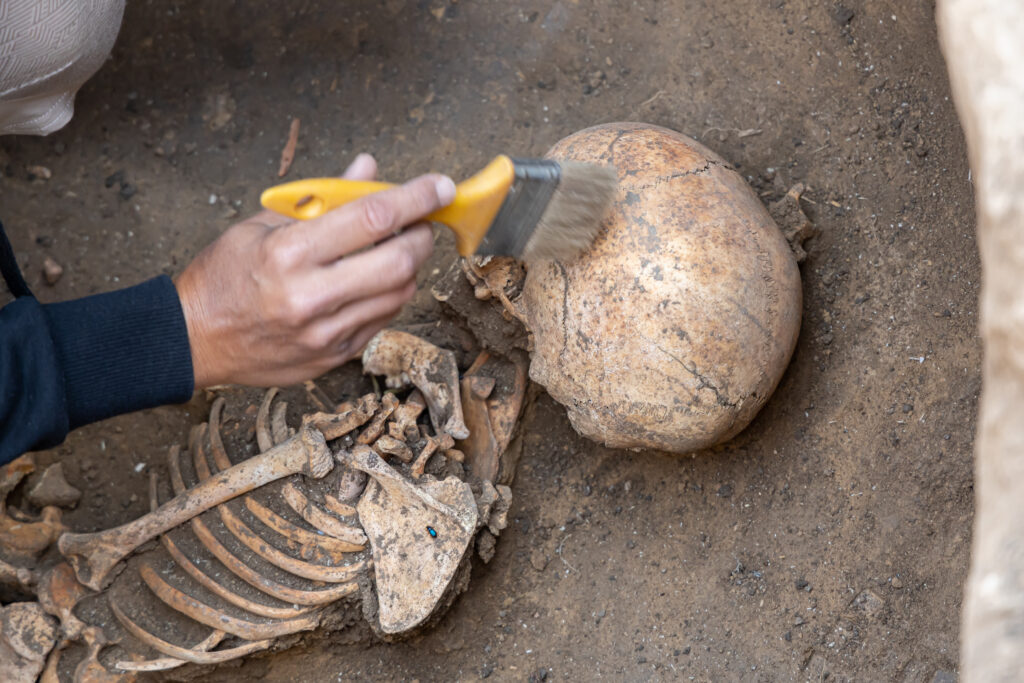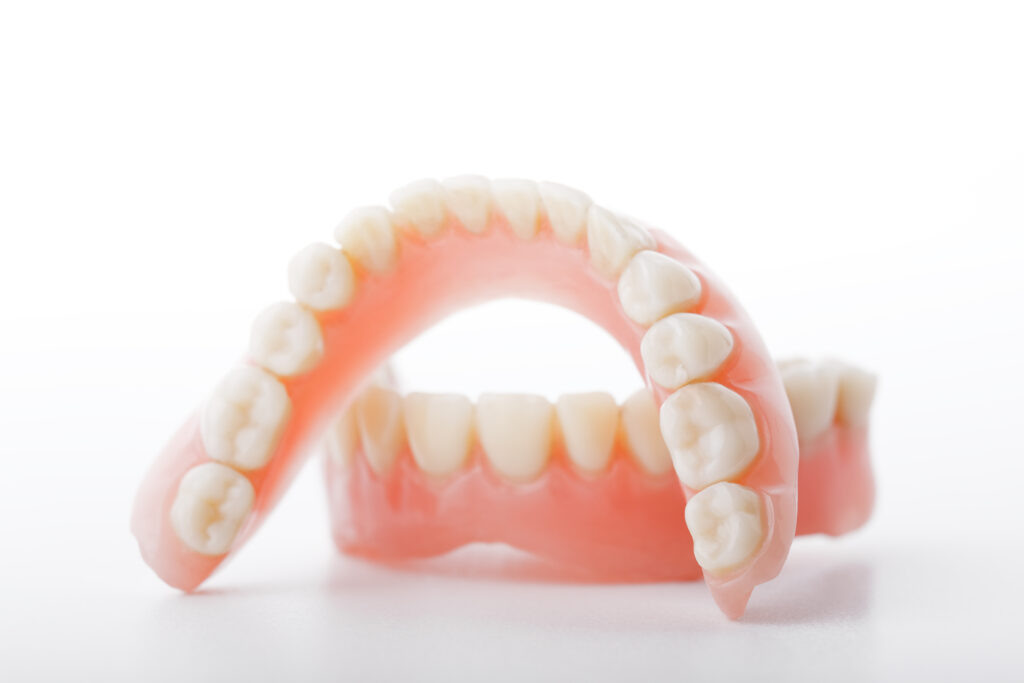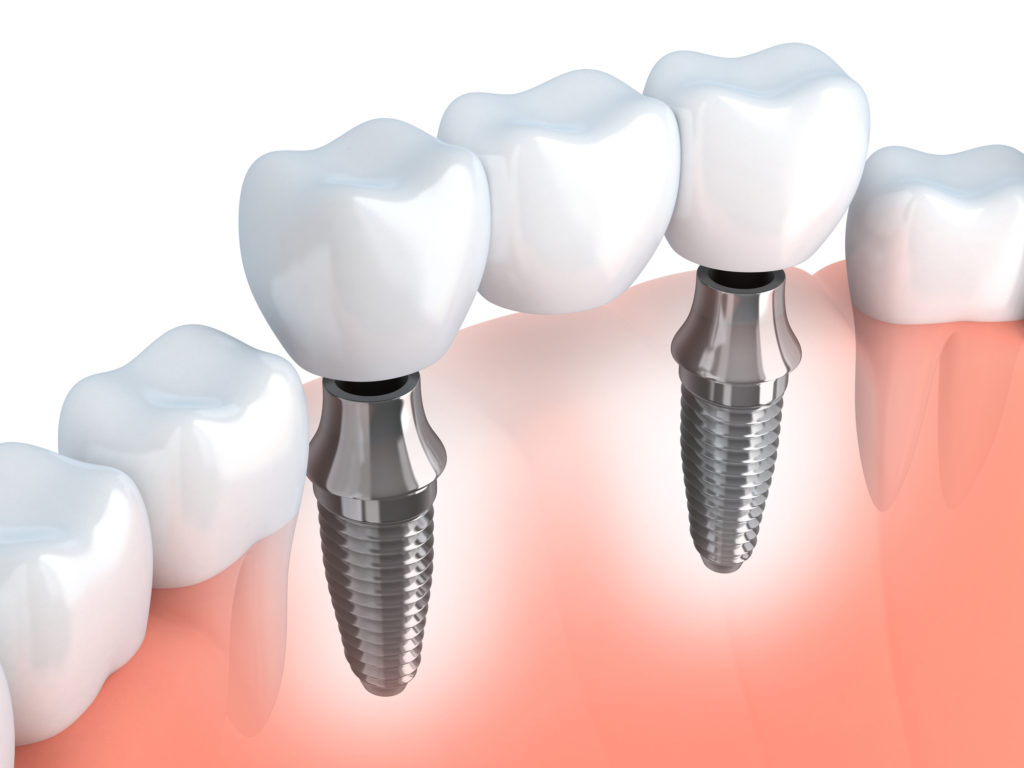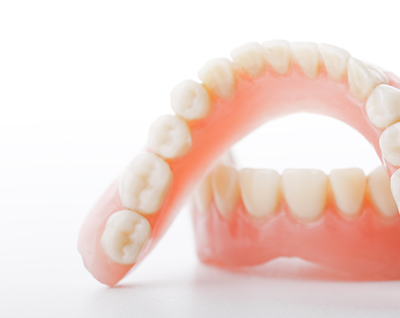If you ask someone to name three facts about George Washington, chances are, they’ll mention the fact that he had wooden teeth. This anecdote has solidified its place in the public consciousness; however, there may be more to the story than it seems. The history of dentures is long and winding, with countless innovations over time that have ultimately led to the seamless, convenient tooth replacement options we enjoy today.
This Presidents’ Day, we’re taking a look at the history of dentures, discussing modern solutions for missing teeth, and determining whether our first president truly had wooden teeth or if it’s just an enduring myth.
The History of Dentures: Ancient Beginnings
The history of dentures begins with ancient civilizations, where early dental prosthetics were created with materials like bone, animal teeth, and ivory. One of the earliest examples of dentures was discovered in 2006 when an archaeologist unearthed the 4,5000-year-old bones of a man in Mexico who is believed to have worn ceremonial dentures made from jaguar or wolf fangs.
Egyptians used animal teeth and gold wire to create rudimentary dentures as early as 1500 BC, in addition to sets of artificial teeth made from brass, wood, or ivory. The Etruscans in northern Italy created similar implements by fastening together human or animal teeth with gold bands. Some evidence suggests that the ancient Greeks wore false teeth crafted from sycamore wood, while ancient Roman writings mention artificial teeth made of bone and ivory.
Middle Ages and Renaissance: Scientific Stagnation
As is the case with many branches of science, dentistry was generally neglected in the Middle Ages. Much previous dentistry knowledge was lost, leading to a period of stagnation. It wasn’t until the early Renaissance that a renewed interest in science and art led to advancements in dentistry.
During this time, innovators throughout Europe developed new techniques for creating dentures, experimenting with different materials and construction methods. Dentures became more sophisticated, offering greater comfort and functionality to individuals with missing teeth.
18th Century: Continued Innovations
Denture craftsmanship continued to evolve in the 18th century, especially in France. The 1770s saw the first successful attempt to create porcelain dentures, although it wasn’t until the early 19th century that its use became widespread. Ivory, along with gold and silver bases, was a popular choice for tooth replacement during this time period.
Skilled artisans carefully carved each tooth to create a natural appearance, and though these dentures were an improvement on past attempts, they were often still uncomfortable and prone to warping.
George Washington’s False Teeth
George Washington, born in 1732, had problems with his teeth throughout his entire life. Historians theorize that mercury oxide, which was used to treat illnesses such as malaria and smallpox, could have contributed to his tooth loss. By the time he became president, he only had one natural tooth left.
Over his lifetime, George Washington had several sets of false teeth made; however, none of them were made of wood. In fact, at this point in the history of dentures, wood had largely fallen out of favor. One of his sets of dentures was made with real human teeth — presumably taken from slaves — and another was carved from hippopotamus and elephant ivory.
The origin of the wooden teeth myth is unclear. A likely possibility is that the ivory used in his dentures became stained over time, misleading later observers. Whatever the reason this myth has persisted, historians agree that it’s just that — a myth.
19th and 20th Centuries: The Denture Revolution
This period in the history of dentures is marked by the use of new materials. Porcelain became the new standard for creating artificial teeth, as it’s less prone to decay and odors than ivory. However, porcelain dentures were still somewhat fragile and were not as comfortable as modern alternatives.
In addition to porcelain, vulcanite — a type of hardened rubber — further revolutionized the field of dentistry. Because it was inexpensive and easy to work with, this new material made dentures more accessible to lower-class individuals. Similarly, celluloid, an early form of plastic, also emerged as a popular choice for creating denture bases.
Modern Denture Solutions
Further advancements in dental technology have transformed dentures into the sophisticated prosthetics we know today. Typically made from acrylic resin, modern dentures are lightweight and durable. Gone are the days of animal teeth and wood — acrylic dentures can be customized to create a seamless, natural-looking appearance.
At Jenson Dental, we specialize in retention dentures, which are secured in place with implants. Whether you’re missing upper or lower teeth, our innovative solutions can restore your smile’s beauty and functionality. If you’re considering whether dentures are right for you, don’t hesitate to give us a call! With a little help from our expert team, you can achieve the dazzling smile you’ve always dreamed of.








